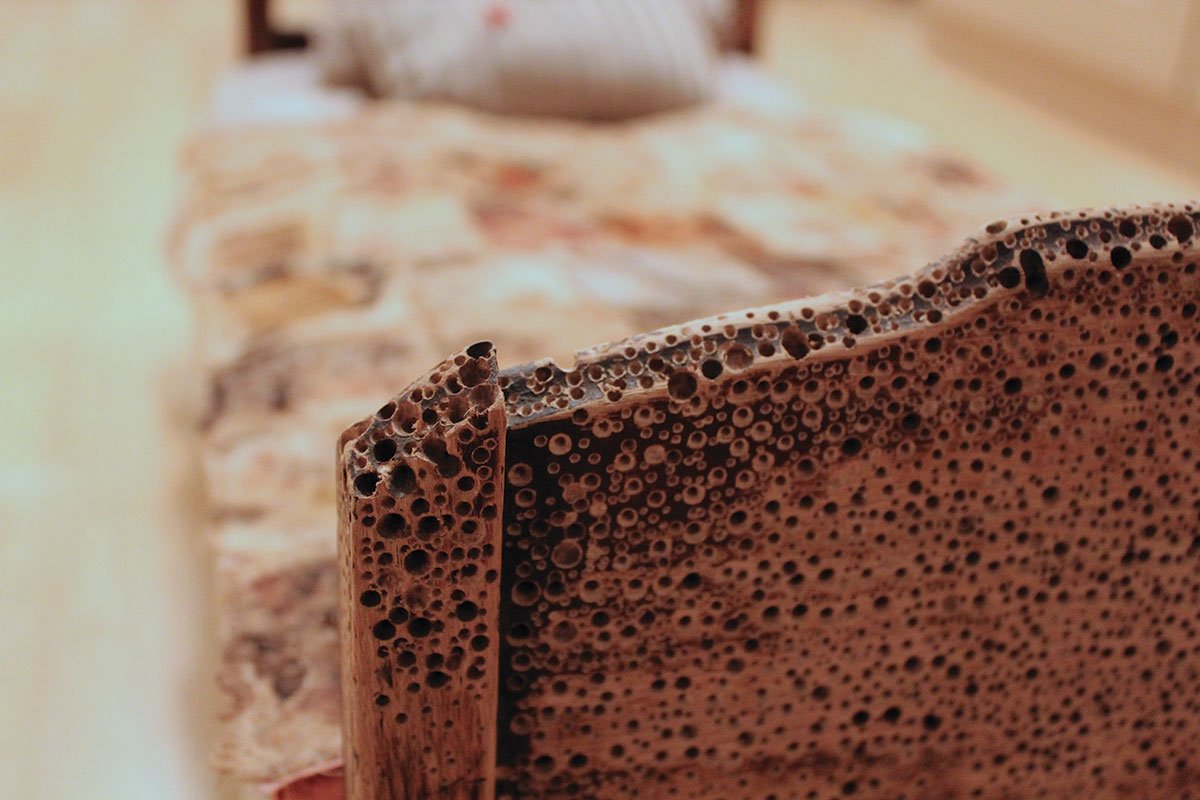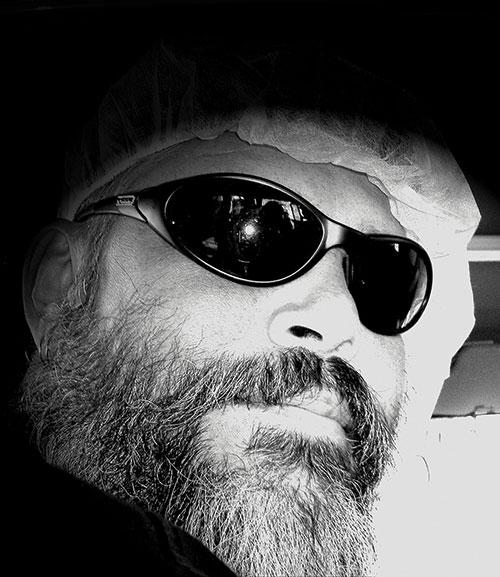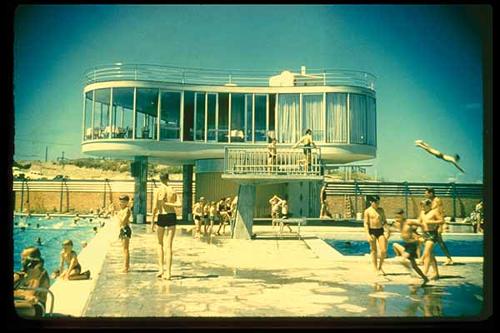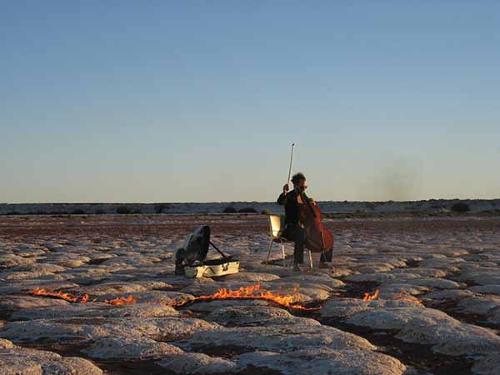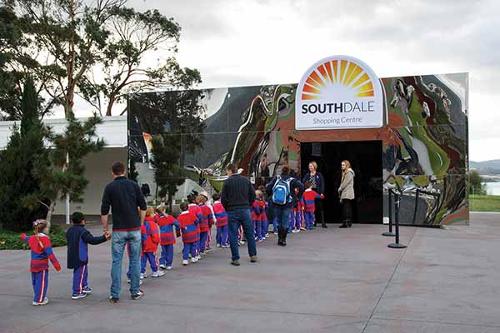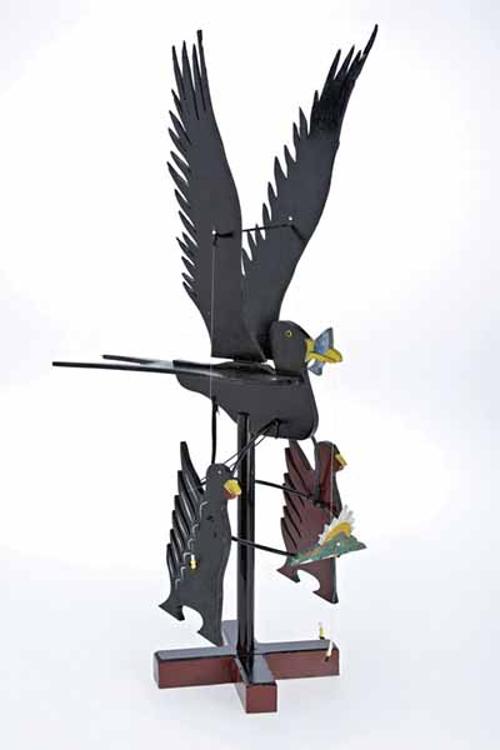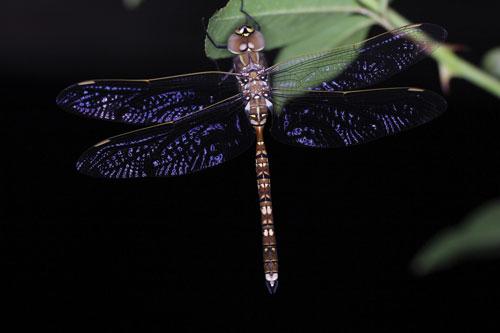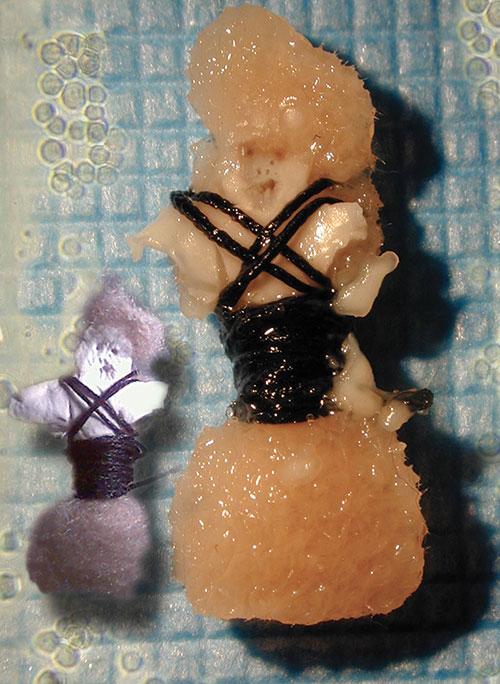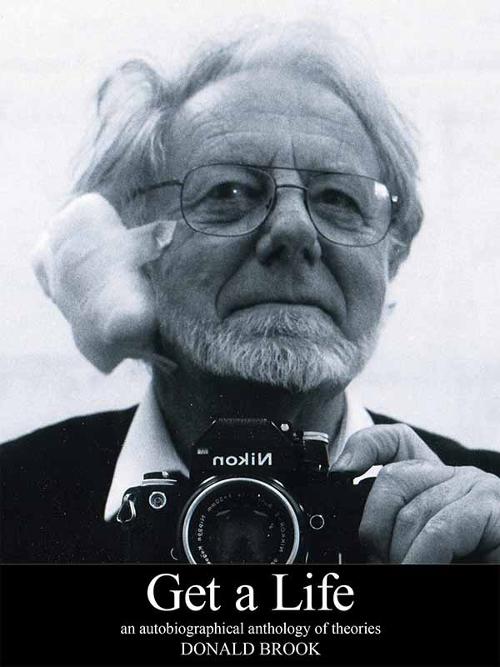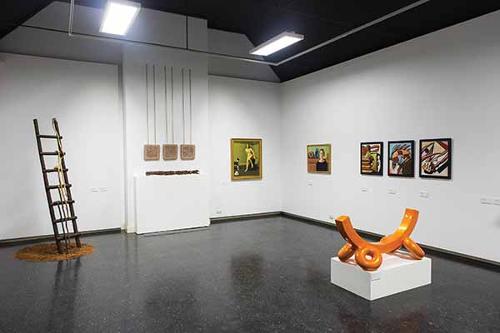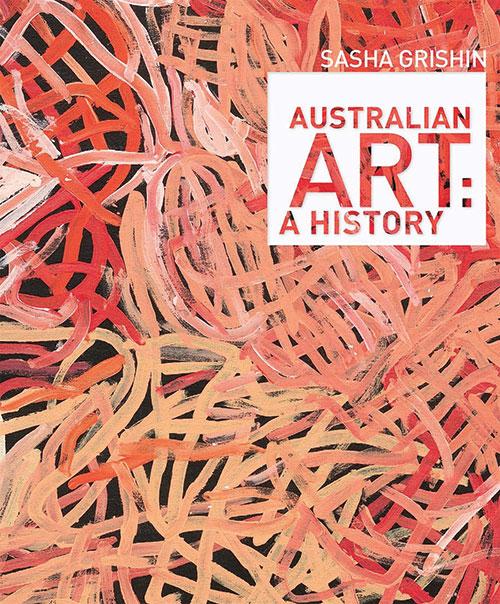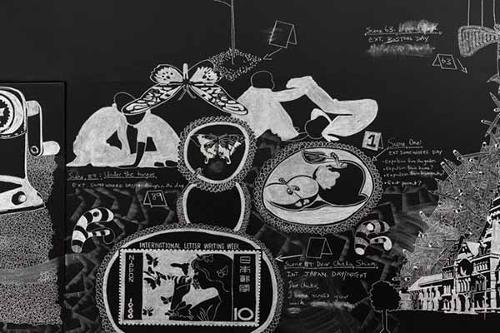The challenges of working with bacteria as an artistic medium
Bacteria are a challenge to work with creatively. They are living things and do not always behave as expected. There are numerous and very well-founded restrictions as to what you can and cannot do with them, where you can work with them, and how you can gain access to the facilities you need. My artistic practice over the past ten years had been to intervene, as an artist, in the world of microbiology and to try to enable others to gain an understanding of the bacterial world.

